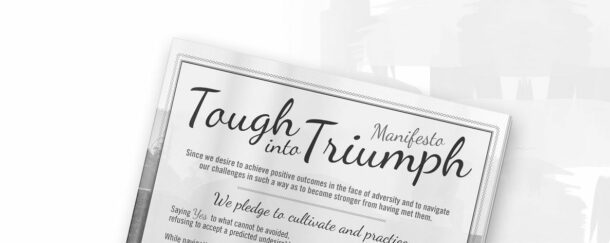
Can you imagine spending an entire weekend dancing? That’s what my husband and I and many of our friends did at a dance camp at the Earthsprings Retreat Center last week. Roughing it in the piney woods of East Texas we connected with forty or so people of various ages and abilities and a team of teachers from around the country who lead us in the Dances of Universal Peace.
The dances are simple meditative, multicultural, circle dances that use chants, music, and phrases from the many spiritual traditions that exist on our planet. Rather than having religious differences become instruments of separation and division, the dances honor the many paths people take to the Divine or to Transcendent Reality. By participating in the dance, people embody the deeper shared values in all traditions and connect to their own compassionate and loving side.
To create a space for dancing on the mostly forested terrain, the team constructed a large circular tent in one of the few nearly level meadows near the medicine lodge. Given the uncertainties of the East Texas spring weather, they put together a small covered area to be used as a communal kitchen, and another that held tables and chairs for dining. Sharing camp stoves and serving items with 40 other people as we made our own breakfast and lunch proved to be a lesson in the challenges of communal living that we hadn’t anticipated. To be honest, we weren’t that good at it.
When I was first introduced to these dances in the late 60s, they were called “Sufi Dances.” They were so named since they were formulated by a Sufi teacher Samuel L. Lewis and Ranzai Zen master and influenced by Lewis’s contact with the man who brought Sufism to the west in 1910. I recently learned that modern dance pioneer Ruth St. Denis was another important influence on Lewis and the dances.
At the only other dance camp I’ve ever participated in I met Ruth St Denis. I was 16, and a scholarship student at Jacob’s Pillow Dance Festival – at the beginning of my dance career, while Ruth St. Denis was a teacher and performer, coming to the end of hers. Offstage she looked like an old woman, but onstage, as she stood in stillness, she projected ageless beauty. It became impossible to take your eyes off her. All these years later, I still consider her transforming presence the personification of Embodied Presence.
As we danced and chanted, and then stopped to share the sounds and silence of the woods we created a powerful connection to the natural world. The birds, the wind, sometimes the rain, later hail, seemed to be holding a conversation with us. When we learned later in the afternoon that two tornados had touched down 20 miles from us, and that one of our members was in a building that collapsed on top of her and 30 or so other people, the dances became prayers, especially for those affected by this frightening natural tragedy.
I’ve experienced the dances throughout my adult life and found them to be an important way to create a container of compassion and loving kindness. My siblings and I used one of the dances in the graveside ritual we created when we buried our youngest brother Ken, whose body had been returned to our parents with a bullet hole in the back of his head.
My husband Rich and I used another of the dances at our wedding, to connect his Jewish family and my Catholic/Protestant one. When the structure of the dance required members of the family in the outer circle to dance with members of the other family in the inner circle, we became a single family.
After this weekend of dancing, I walk a bit differently on the earth, softer and more sure -footed. I notice I’ve let go of pressures I had been putting on myself. I hope there’s a dance that can help me refrain from picking them up again.
Sheila

